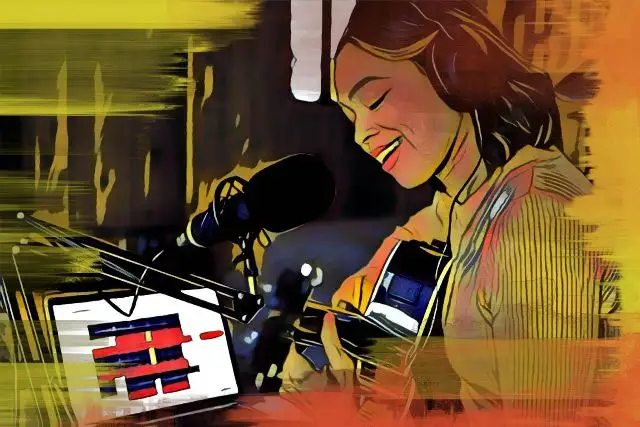The recording process can get confusing. One of the most common questions arises around stereo and mono audio - What is the difference between stereo and mono signals? Which one should I record with and why?
We'll answer all of these questions and more below so that you can confidently choose between mono and stereo signals when stepping into the booth.
What's The Difference Between Mono and Stereo Audio?
So what is the difference between mono (monophonic) and stereo (stereophonic) audio waves? A mono recording is captured using a single audio channel while a stereo audio file is recorded using two audio channels. Sounds pretty simple right? Let's take a look at the two sound waves:
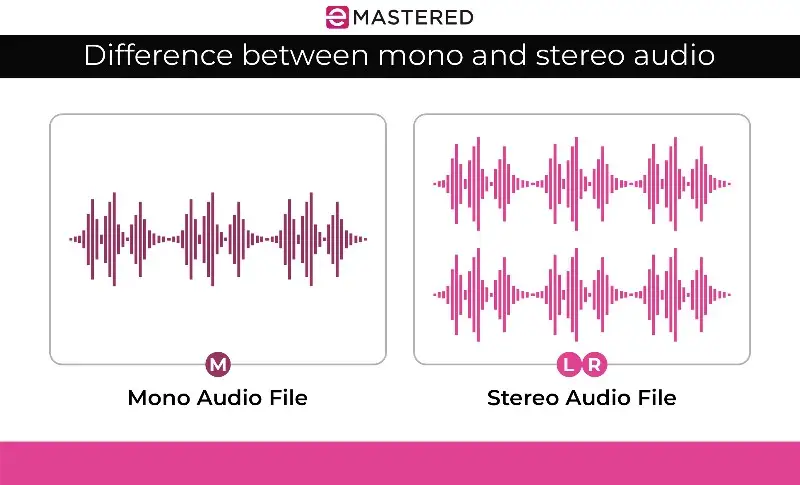
This is what mono or stereo files would look like when placed in your DAW or digital audio workstation. Mono sounds dominated the listening landscape until the late 1960s, when by that time, most listeners had adapted a stereo playback system, thereby opting for records with those signature stereo elements. Record labels used to print both mono and stereo audio recording of a record in order to meet the needs for different consumers.
Today, we primarily consume audio in stereo systems, though certain settings, like a club, may opt for mono playback.
The main difference between mono and stereo audio is the way it's perceived by our ears. Mono sounds feel center to the stereo field while stereo tracks can be experienced in a wider space, or anywhere amongst the left and right channels.
Recording in mono versus stereo audio is a different story, but take a listen to mono vs. stereo playback to help you grasp the difference between the file types:
For the above demonstration to work, it's key that you're using stereo speakers to conduct the listening test.
When Should You Record In Mono?
In most cases, you'll find that recording in mono is the default. When you record in mono, you're utilizing one microphone on one channel. Since mono recordings aren't split across two channels, they often sound powerful, and feel centered once placed in a stereo field.
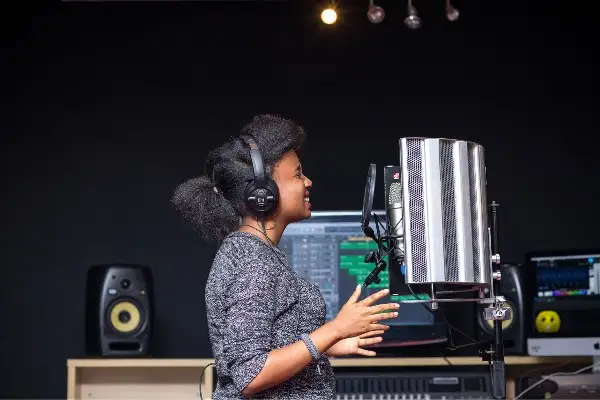
Stereo systems create the impression of sound source localization, where each audio track feels as though it has a specific location. Mono tracks tend to feel very present within this setting and sound louder as a result.
You should record in mono whenever you want to get a clean recording of an instrument or sound, without capturing the presence or location of the active space around it. You'll use mono recording to capture the main vocal or instruments like an acoustic guitar. When in doubt, record in mono and decide on placing the track within the stereo field later.
When Should You Record In Stereo?
You should record in stereo whenever you're trying to record a sound within a specific space. When you record in stereo, you're utilizing two microphones on two channels to record the same sound or instrument. This technique should really only be used when you need to capture the atmosphere of the room.
Remember that you can still create the feel of stereo sounds by adding artificial space to a mono track during the production or mixing process. But if you want to capture that space within a recording, you'll need two microphones and more than one channel.
Some examples of when you might want to record in stereo are:
- Capturing an orchestra
- Getting the atmospheric sound of a room
- Recording the sound of a large choir
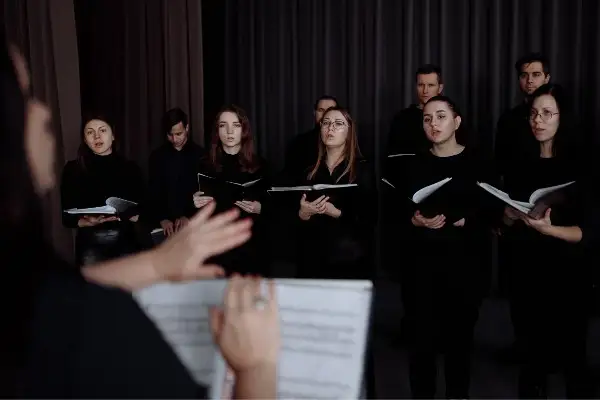
Do You Mix In Mono or Stereo?
Your method of mixing will depend on your desired output. The average listener playing your song back on headphones or modern left and right speakers will likely listen in stereo, so it's key to mix utilizing the full stereo field.
However, you should test your mix in mono, or create a separate mono mix since there are some instances in which your song might be played off of a mono speaker. Clubs, for instance, often use mono speakers to keep the sound consistent throughout the space.
Golden rule: mix in stereo, but check in mono for phasing issues and translation. Some engineers swear by mixing in mono first, and then playing with stereo expansion after the bulk of the work is done. To each their own, but know that the same signal could be played back on both mono audio and stereo audio systems.
Should You Playback In Mono Or Stereo?
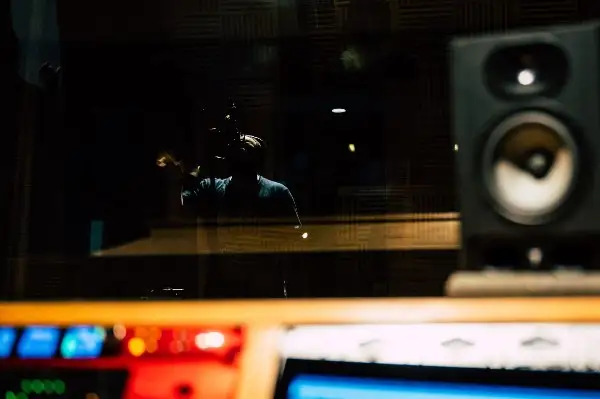
This is a trick question! In most cases, audio engineers will recommend that you test your mix on a mono and on a stereo audio playback system. Though most modern listeners will be experiencing your tracks on stereo systems, mono playback systems can help you rule out phase issues.
In the event that your song is played as a mono signal, you want to make sure your music can be heard properly. Make sure you test your mix as both a stereo and mono audio file to check for discrepancies.
Recording In Mono Vs Stereo FAQ
Ready to start recording? Consider these common questions and answers to help you decide between recording in mono or stereo:
Is it better to record in mono or stereo?
In most cases, it's better to record in mono to get a more robust sound that can then be placed in a stereo field during the audio editing process. However, if you're trying to get a true stereo sound, or record the feeling of an instrument within a particular space, you'll want to record in stereo.
Do mono records sound better?
Mono records do not sound better or worse than stereo audio, they are just different. You'll notice that mono recordings tend to have a more centered, punchier sound while stereo recordings have a more modernized feel with a larger sense of space.
Do artists record in mono or stereo?
Artists tend to record most musical parts in mono and then place the tracks within a larger stereo image during the mixing process. Stereo recording is used in scenarios when you wanted to capture a large space in the recording, like in the case of recording an orchestra, or large choir.
Should my vocals be mono or stereo?
Single vocal tracks are almost exclusively recorded as mono tracks. When it comes to mixing, the main vocal and corresponding parts are best felt in the center of the audio field, since they are typically one of the most important sonic elements.
And there you have it! In most cases, it makes sense to record in mono, but if you're trying to capture the realistic sound of an instrument or singer in space, recording in stereo with two microphones (or more) is your best bet. Have fun using stereo and mono elements across your mix!


